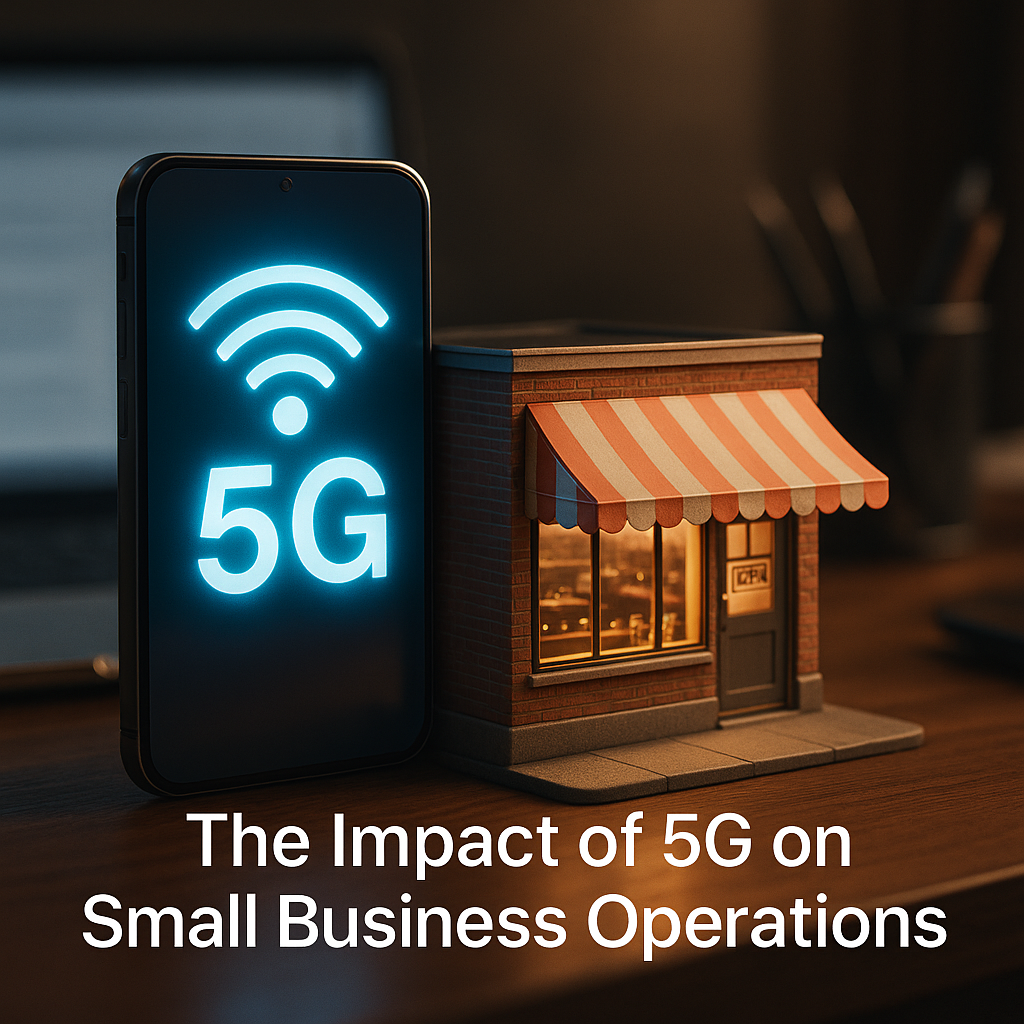In today’s fast-paced business landscape, leveraging cutting-edge technology is essential for maximizing efficiency and accelerating sustainability. Smart grid technology, which seamlessly combines advanced digital communications with traditional power systems, is transforming energy management. Entrepreneurs and small business owners are increasingly recognizing that harnessing smart grid benefits can lead to significant cost savings, heightened reliability, and a cleaner energy future. As companies strive to enhance operational performance and reduce environmental impact, understanding the power of smart grid technology becomes a strategic imperative.
Understanding Smart Grid Technology and Its Benefits
Smart grid technology transcends industry buzzwords by ushering in a radical shift in how utilities manage and distribute power. Unlike the traditional grid—designed solely to transport energy from point A to point B—today’s smart grid integrates sensors, communication networks, and advanced analytics to monitor energy usage in real time. This innovation allows utilities to balance supply and demand dynamically and effortlessly integrate renewable energy sources.
Exploring the benefits of smart grid technology reveals a spectrum of advantages. Customers enjoy enhanced reliability through systems that proactively adjust to disruptions, while business owners benefit from a stable energy supply that minimizes costly downtimes. With responsive control systems and integrated feedback loops, companies can optimize energy usage during peak periods, reducing bills and contributing to a greener environment. For more detailed insights into the evolution of energy distribution, consider reading our article on Smart Grid Evolution.
One of the most compelling advantages of smart grids is the availability of actionable, real-time data. This data-driven approach empowers decision-makers to allocate resources more efficiently, anticipate and mitigate system failures, and strategically plan infrastructure improvements. Consequently, smart grid technology not only streamlines energy consumption but also enhances operational management across diverse sectors.
Unlocking the Potential in Modern Utilities
Utilities are leading the charge in the adoption of advanced energy solutions. As renewable energy sources gain prominence, traditional grids face challenges in balancing energy loads effectively. Embracing the potential of smart grid technology is reshaping how energy is generated, distributed, and consumed. Modern grids now integrate solar, wind, and energy storage systems to deliver power whenever and wherever it is needed.
For small business owners, this technological evolution offers exciting opportunities to explore innovative business models. Participation in demand response programs, for example, enables companies to adjust operating hours to take advantage of lower energy costs. Access to smart metering data provides businesses with a detailed understanding of energy consumption patterns, paving the way for operational optimization and reduced waste.
Consider a small manufacturing enterprise that leverages smart grid strategies: by synchronizing machinery with peak energy availability and utilizing predictive maintenance insights, the company not only cuts energy costs but also boosts production efficiency. This approach supports broader sustainability goals and enhances corporate social responsibility, making it an attractive prospect for businesses aiming to create a positive environmental impact.
Implementation and Real-Time Insights
Although the advantages of smart grid technology are clear, implementing this innovation requires careful planning. Entrepreneurs and small business owners should assess factors such as infrastructure upgrades, sensor deployment, and investments in robust data analytics platforms. Once integrated, however, smart grids offer enhanced operational efficiency and substantial cost savings.
Real-time insights play a crucial role in unlocking the full potential of smart grids. By leveraging immediate data on energy consumption, businesses can make informed decisions that align with their strategic goals. Monitoring energy use in real time allows companies to pinpoint peak demand periods and shift non-essential activities accordingly, driving down operational expenses.
Despite the complexities of integrating smart grid technology with existing systems, numerous vendors now provide scalable solutions tailored for small and medium-sized enterprises. Businesses can start with a modest digital infrastructure and expand gradually, minimizing upfront costs while maximizing long-term benefits. Industry insights shared on platforms like MakeBusiness demonstrate how similar companies have successfully transitioned to smarter utilities.
Future Trends in Smart Grid Technology Implementation
The evolution of smart grid technology is accelerating, and future trends promise even greater efficiency and transparency in energy management. Entrepreneurs should stay informed about these trends, as they will shape business operations for years to come.
One emerging trend is the adoption of machine learning and artificial intelligence. These advanced technologies are set to further automate grid responsiveness by predicting energy demand and identifying potential disruptions before they occur. Integrating AI not only optimizes performance but also facilitates predictive maintenance, ensuring smooth and efficient grid operations.
Another significant trend is the rise of distributed energy resources (DERs), which encourage a collaborative approach to energy management. Companies equipped with renewable energy installations such as solar arrays or biogas plants can generate their own power and even sell surplus energy back to the grid. This innovative model transforms fixed energy costs into potential revenue streams.
As governments and regulatory bodies increasingly recognize these innovations, supportive policies and incentives are likely to accelerate smart grid adoption. External sources, including Forbes, have highlighted the impact of policy support and infrastructure investment on modernizing the grid. Staying updated on these developments enables businesses to adjust strategies in real time and maintain a competitive edge.
Moreover, smart grid technology is part of a broader digital transformation that includes IoT devices, blockchain-based energy transactions, and advanced cybersecurity measures. This comprehensive approach promises to build a resilient, efficient, and secure energy ecosystem—a shift that business owners should monitor closely.
Ultimately, smart grid technology represents more than a technical upgrade—it is a paradigm shift towards data-centric decision-making, operational resilience, and environmental sustainability. By understanding its benefits and impact on modern utilities, businesses can position themselves for a future that is smarter, greener, and more agile.
Investing in smart grid technology may involve initial costs, but the long-term rewards—cost savings, operational efficiency, and enhanced sustainability—justify the investment. As the energy landscape continues to evolve, proactive adaptation to these technological shifts will be a critical strategy for success in the dynamic world of business. The journey toward a smarter energy future is underway, and staying informed is key to thriving in this transformative era.
- Smart grid technology integrates digital communication, sensors, and analytics to optimize energy distribution.
- Businesses experience reduced operational costs and enhanced energy reliability courtesy of real-time data.
- Future trends such as AI integration and distributed energy resources promise ongoing innovation.
- Adopting smart grid solutions supports sustainability and may create new revenue opportunities.









